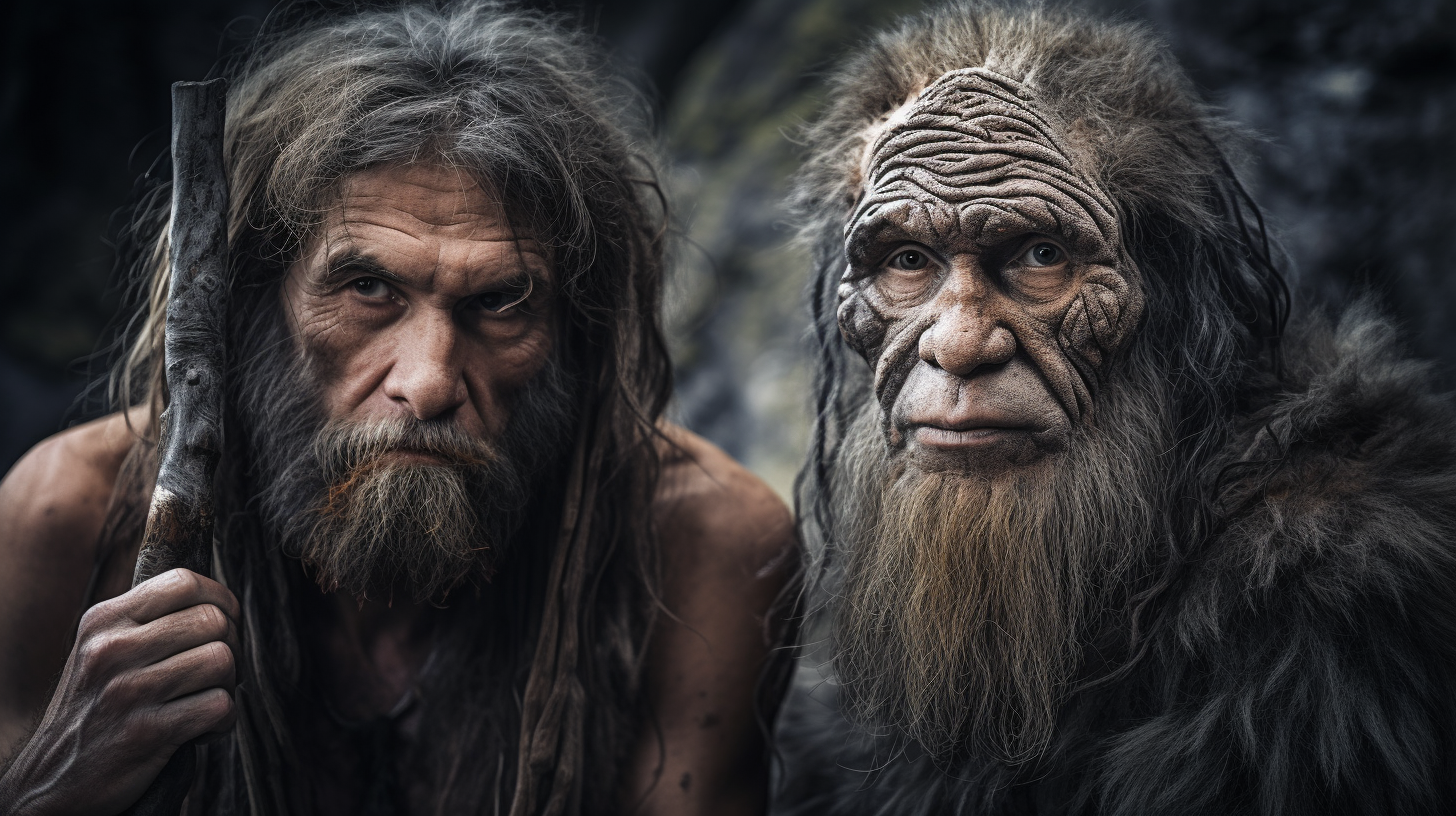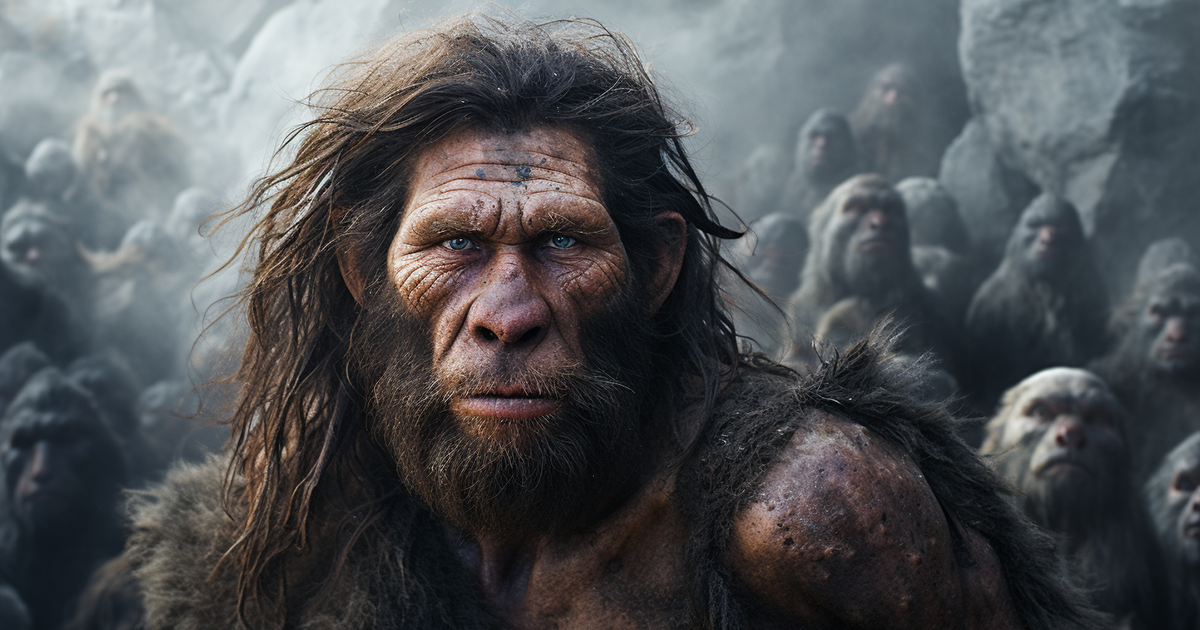Embarking on a historical journey, a striking bond emerges – the genetic intertwining of Neanderthals and modern humans. Despite existing as distinct species, compelling evidence, discovered by researchers, suggests interbreeding took place, resulting in a unique genetic inheritance that continues to influence certain individuals living today.
An intriguing story of genetic fusion unfolds, shedding light on our shared evolutionary path and the complexities of our ancestry. Let us explore this extraordinary revelation and its impact on our understanding of human evolution.
A Sojourn Through the Ages
To comprehend this astounding disclosure, we must travel back in time. Neanderthals, our closest extinct relatives, roamed the Earth for millennia before disappearing around 40,000 years ago. Concurrently, Homo sapiens, the modern humans, emerged in Africa and embarked on their migratory journey, eventually spreading across the globe.
The Genetic Residue
Through advancements in genetic research, scientists have peeked into the past, uncovering the extent of our genetic connection to Neanderthals. A groundbreaking revelation occurred when traces of Neanderthal DNA were detected within the genetic makeup of present-day humans, particularly those of non-African descent.

This finding suggests that our ancestors interacted with Neanderthals in the past and, remarkably, interbred with them. As a result, a small yet significant portion of Neanderthal DNA has been passed down through generations, remaining ingrained in the genetic makeup of some individuals today.
The Benefits of Genetic Diversity
The mingling of modern humans and Neanderthals was not without consequences; it came with tangible benefits for our species. The enduring Neanderthal genes present in our gene pool have conferred certain advantages, influencing attributes such as immune responses, skin coloration, and adaptations to different environments.
Essentially, the genetic exchange between our lineages facilitated better adaptation to varied challenges in different regions and climates as our ancestors dispersed worldwide. This genetic variation likely played a crucial role in our survival and eventual dominance as a species.
A Shared Inheritance
Recognizing our genetic connection with Neanderthals highlights the intricate tapestry of human evolution. It serves as a testament that, despite being distinct species, we share a common history that extends back thousands of years.
This revelation also emphasizes the importance of preserving the genetic diversity within our species. By acknowledging the valuable contributions of our Neanderthal predecessors, we deepen our appreciation for the richness of our genetic heritage and the intricate web of existence that led to the emergence of modern humans.
Parting Thoughts
The narrative of our genetic bond with Neanderthals is a captivating chapter in the saga of human evolution. It serves as a reminder that our past is not a linear storyline but a diverse mosaic woven together by numerous interactions, migrations, and adaptations.
As we continue to unravel the mysteries of our history, we cultivate a deeper understanding of the interconnectedness of all life on Earth. Our shared genetic legacy with Neanderthals showcases the beauty and diversity of humanity, serving as a lasting testament to the remarkable journey that has shaped our current existence.
